Excellent food can send a person into a unique kind of bliss, one that soothes aching feet or tired eyes, and brings a sense of rejuvenation. For three couples from Australia, Canada and the United States, the sensation of walking into a food oasis lasted for a week. They travelled from opposite sides of the earth and landed in Certaldo, Italy in hopes of learning how to make traditional cuisine, eat authentically and organically and most importantly enjoy a beautiful vacation.
For Helen Weaven from Australia, the Organic Tuscany cooking school initially caught her eye because of it's down-to-earth approach and honesty; the fact that ingredients are organic was simply a bonus. According to Riccardo Piattelli, who runs the program with his wife Shilpa Baliga, about seventy percent of the participants come to learn how to cook Italian food and the minority are actively involved or interested in the organic food or slow food movements. Organic Tuscany began three years ago in Shilpa and Riccardo's home near Certaldo, Italy, where they hosted friends for cooking classes and used nearby rented apartments to house them during the lessons. The vacation is now based out of a century-old, charming Tuscan villa overlooking a valley of grape vines and olive trees.
The week-long itinerary includes visits two nearby farms, where the participants can see exactly what their proscuitto looked like before it hit the dinner table. They can pet the cows that produce their organic cheeses. They can purchase fresh acacia honey to take home to their relatives. All of these experiences contribute to the argicultural tourism that has blossomed in the countryside of Tuscan Italy, a business that has positive impacts on the local community but whose objectives can not be easily applied in other countries.
For Allan and Suzanne Katz, who came to Organic Tuscany cooking school from the suburbs of Seattle, Washington, eating organically meant paying attention to labels in the supermarket and buying grass-fed beef for a slightly higher cost. For Helen Weavan and her husband Ian Lamshed, organic farming was what they had been doing for nearly a decade. They do not put fertilizer on their vegetable garden because they do not need to; they do not feed their sheep hormones because then they would be eating the hormones, too. No one ever stamped their farm as organic, and no one ever will. In rural Tuscany, many feel the same way. The organic certification is difficult to obtain and there are rules for everything from the type of machinery to the treatment of diseases in plants. It is a hassle to complete all of the paperwork.
Whether or not all of the farms in this region are labeled organic, something is for certain in this beautiful, hilly region of central Tuscany - the people of this community have an appreciation for the food they eat and they care how it was produced. The largest retail chain for food in Italy is a coopperative that brings together farmers to promote the use of regional produce. Because the simeltaneous climates of Italy differ greatly, most essential crops can be produced nationally and shared throughout the country. The food culture in Italy revolves around traditions, and therefore the desire for international food products is low. Unlike the U.S, Canada and Australia, the Italian food industry doesn't revolve around the appeal for diversification and the option to go out for Thai, Korean, Mexican or Vietnamese cuisine is nonexistent.
Perhaps that is why it is an ideal place for the passionate foodies like Shilpa and Riccardo to share their knowledge and experiences in the kitchen to tourists from all over the world. Travelling to this region of the world allows the tourist to not only taste delicious seasonal dishes, but also allows them to feel part of a microcosm that has for decades placed a high value on the importance of healthful and fresh food. It is a place where you can still buy milk from your neighbor, a place where you can't buy fast food, and a place that intends to stay that way.
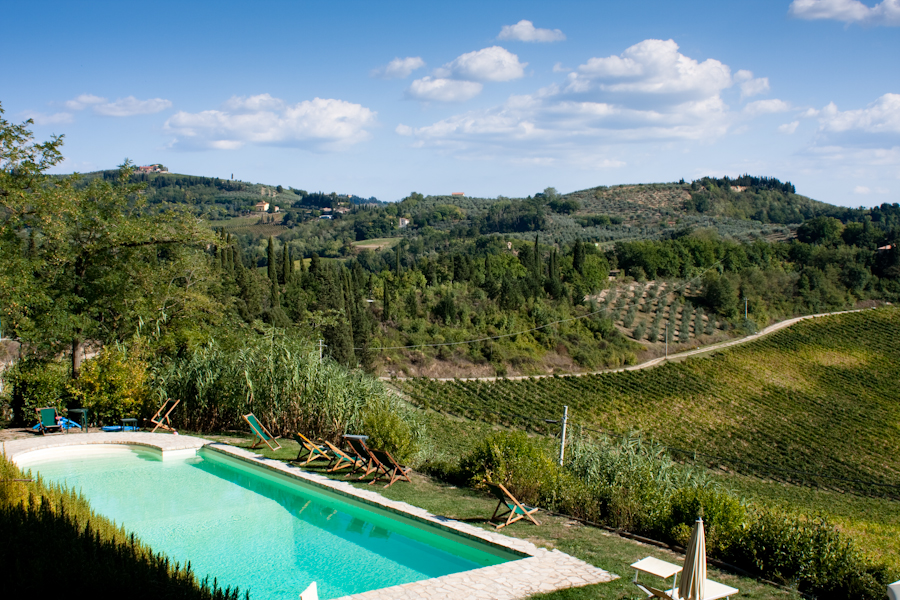
The view from the terrace of the villa.
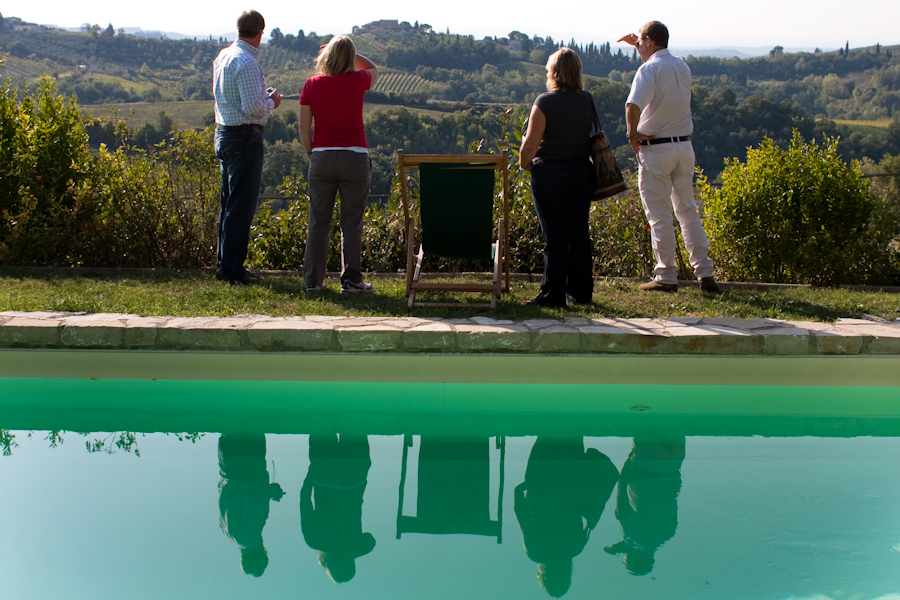
Dan MacDonald, Helen Weavan, Linda MacDonald and Ian Lamshed look out onto the grape vineyards and olive groves that are managed by the same people who own the villa where they will reside for a week.
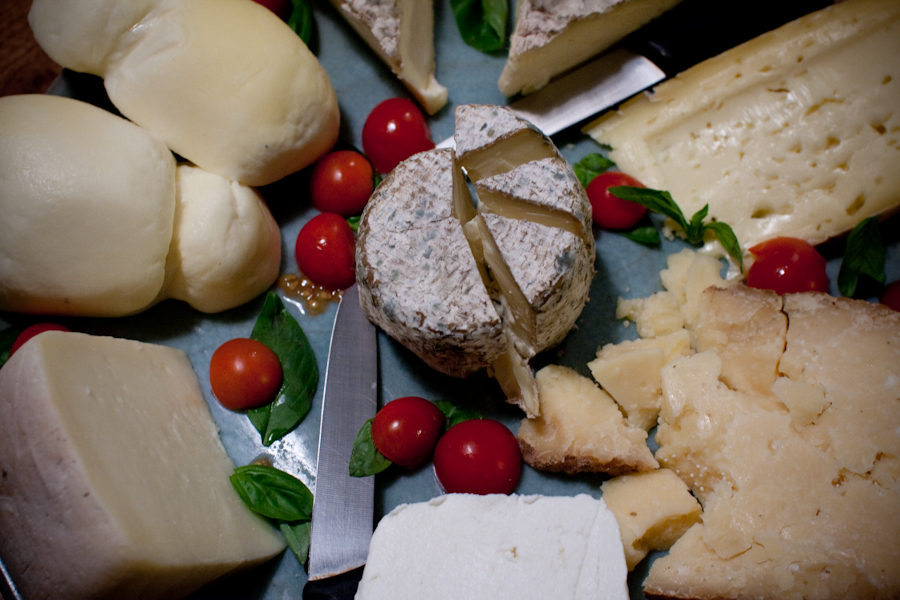
A cheese plate of mozerella and fresh and aged sheep, goat, and cow milk cheeses.
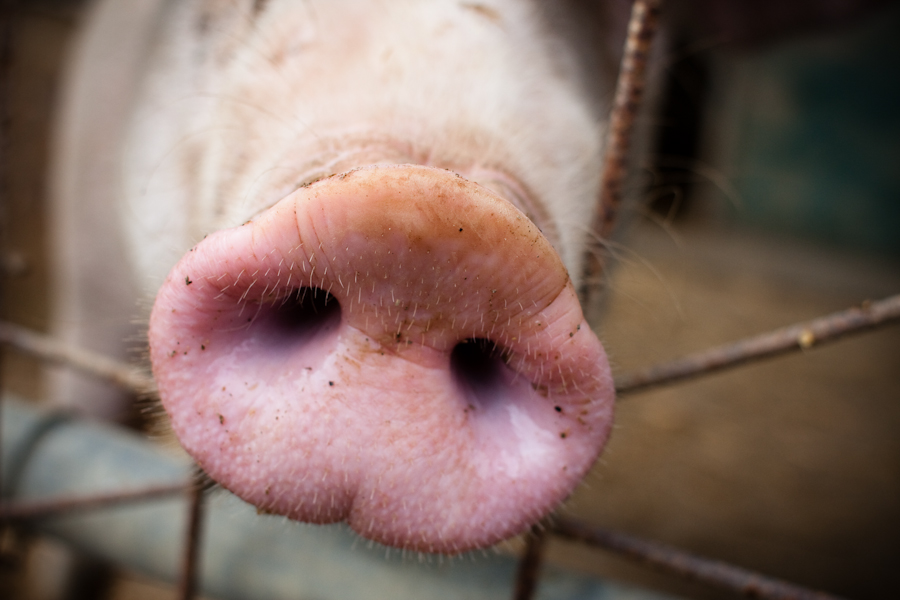
A piglet from the La Ginestra Organic Farm, where some of the meat from the organic cooking classes came from.
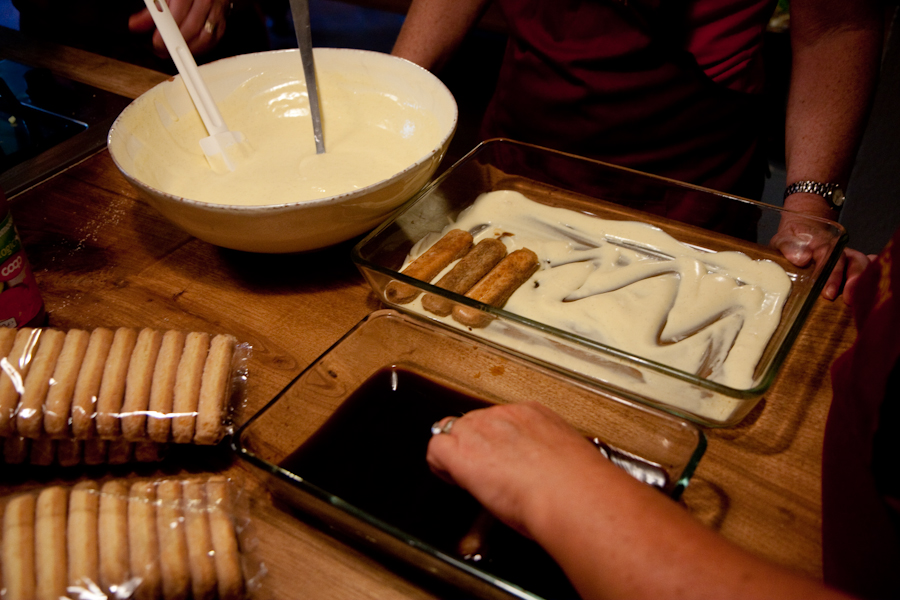
Assembling tiramisu.
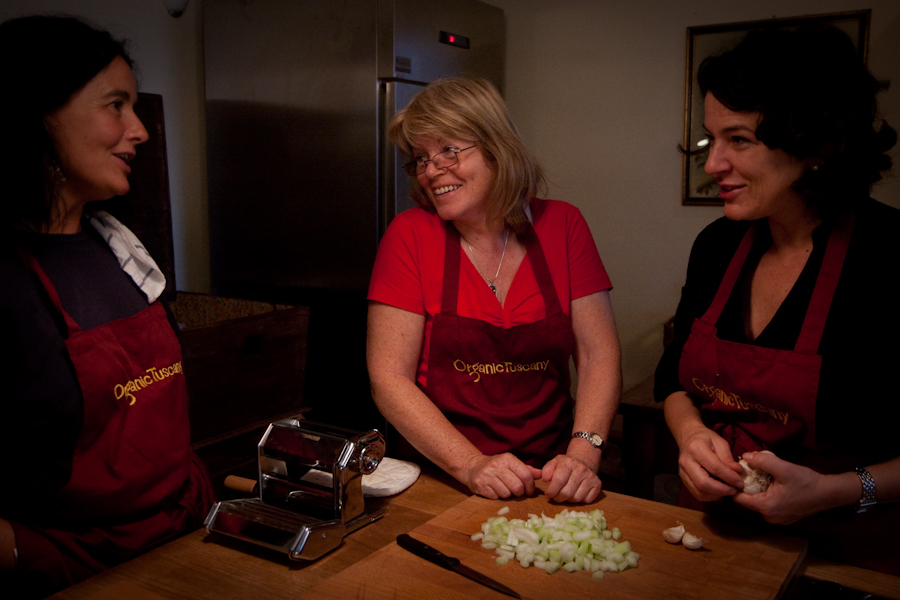
The staff of Organic Tuscany chat with Helen Weaven during the first lesson, where the class learned how to make fresh pasta.
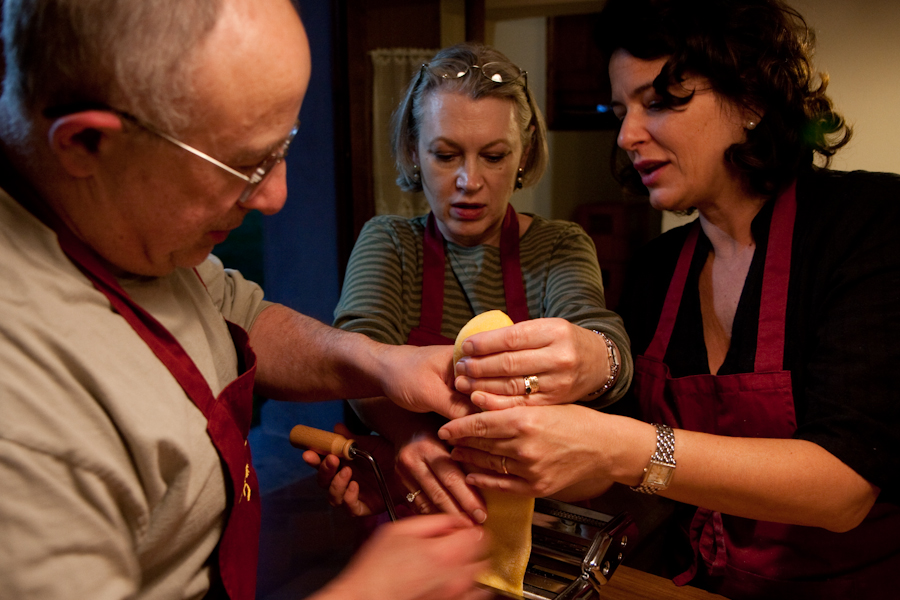
Allan and Suzanne Katz work with cooking instructor Tina Fallani to create fresh pasta.

Fresh parsley.
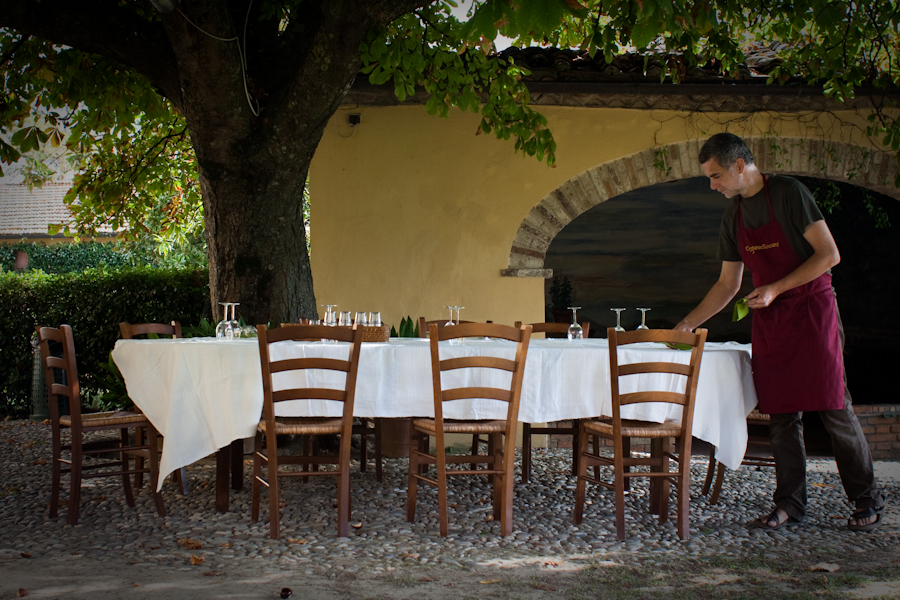
Riccardo Piattelli, codirector of Organic Tuscany, sets the table for the welcome dinner.
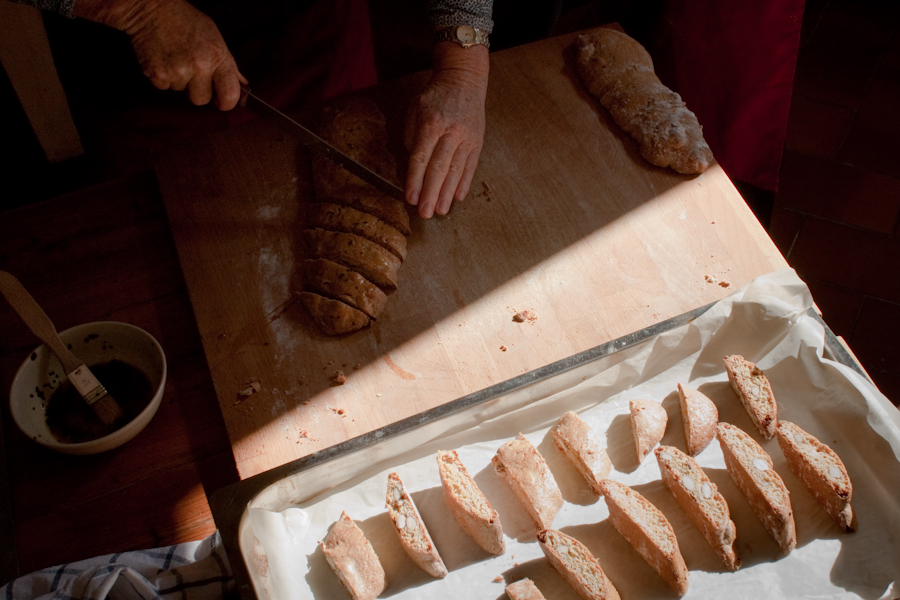
Homemade cantuccini alle mandorle (almond biscotti) being prepared for its second round in the oven.
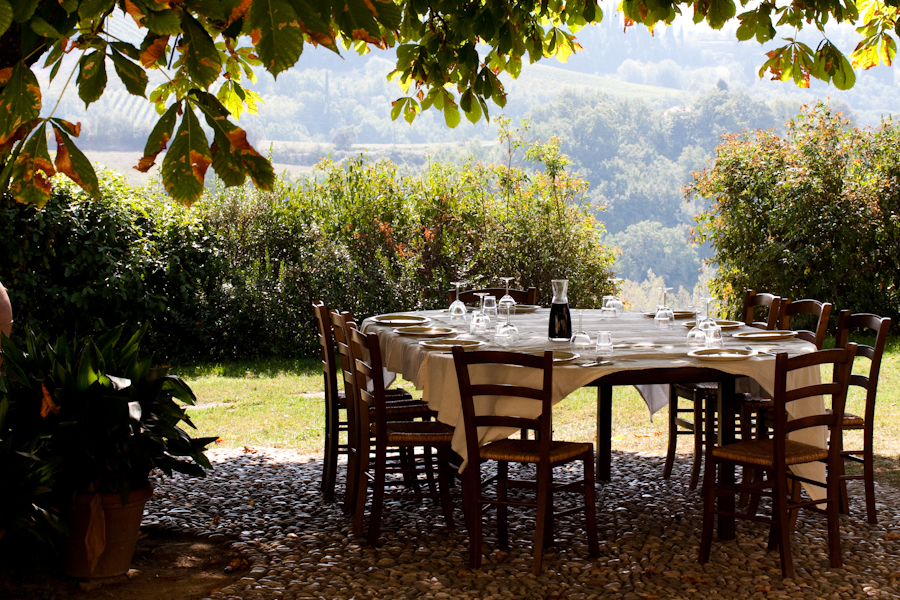
The table prepared for lunch following a cooking class.
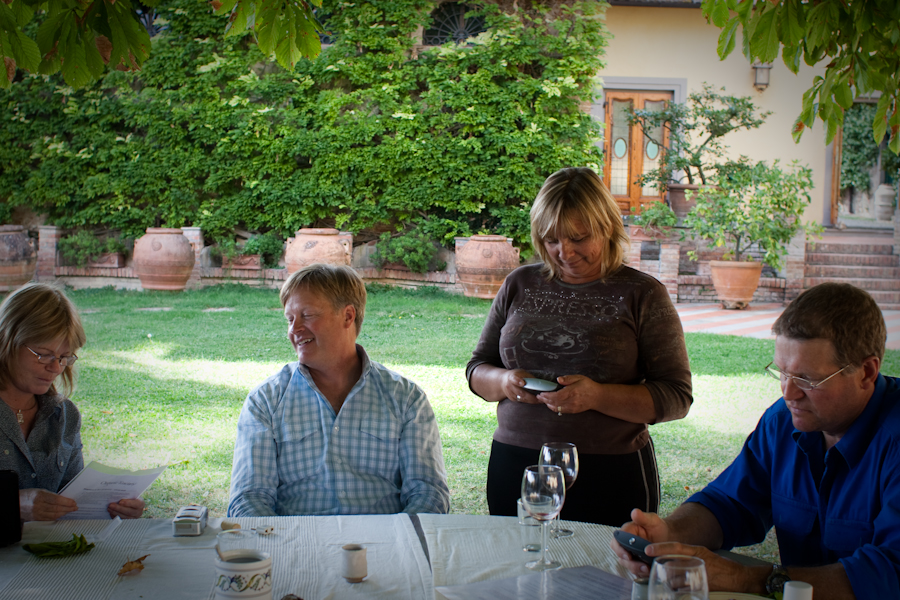
The travellers plugging in destinations on their GPS before departure to Siena.
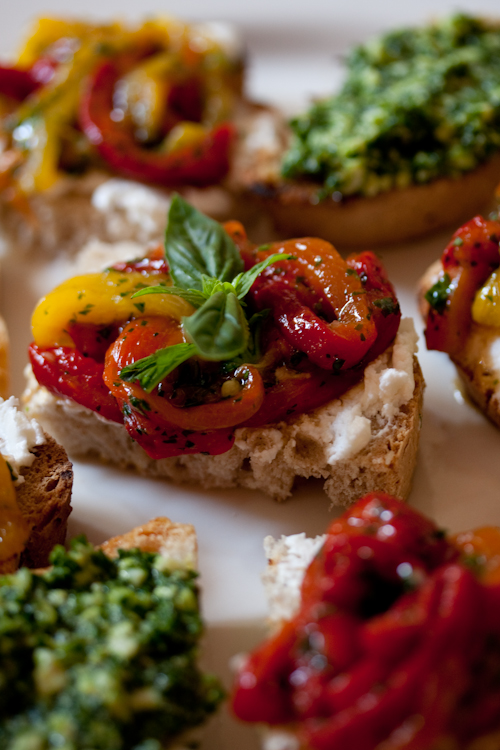
Crostini of peperoni e caprino (peppers & goat cheese) and salsa verde (with boiled egg and tangy herbs).
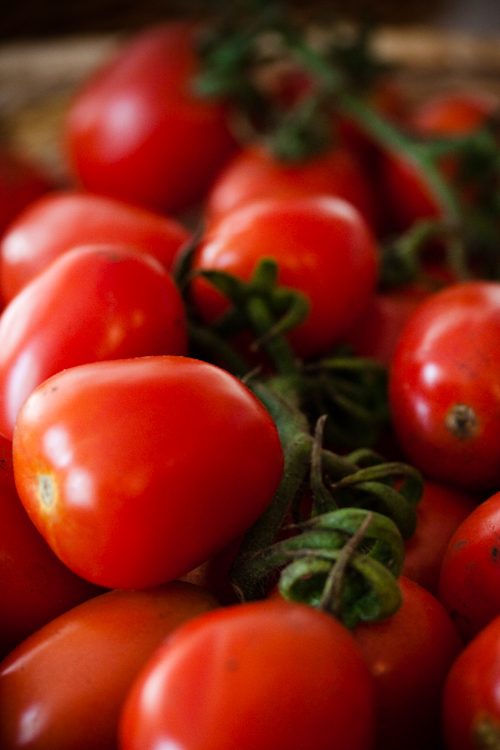
and tomatoes.
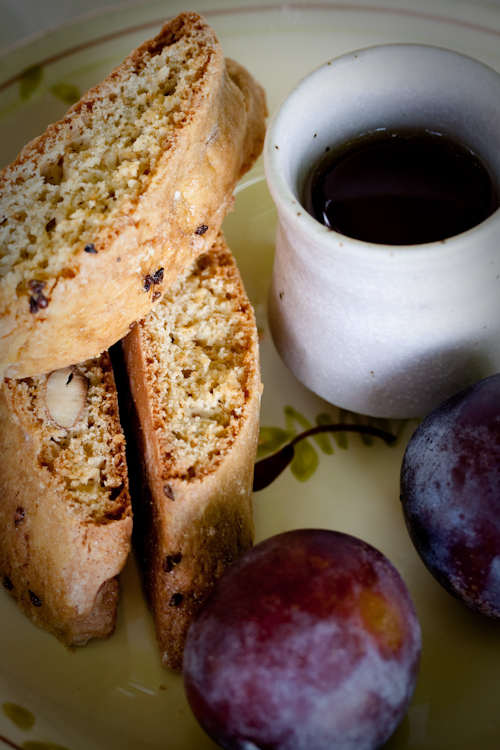
Cantuccini alle mandorle with vin santo and plums.

Fresh grapes...
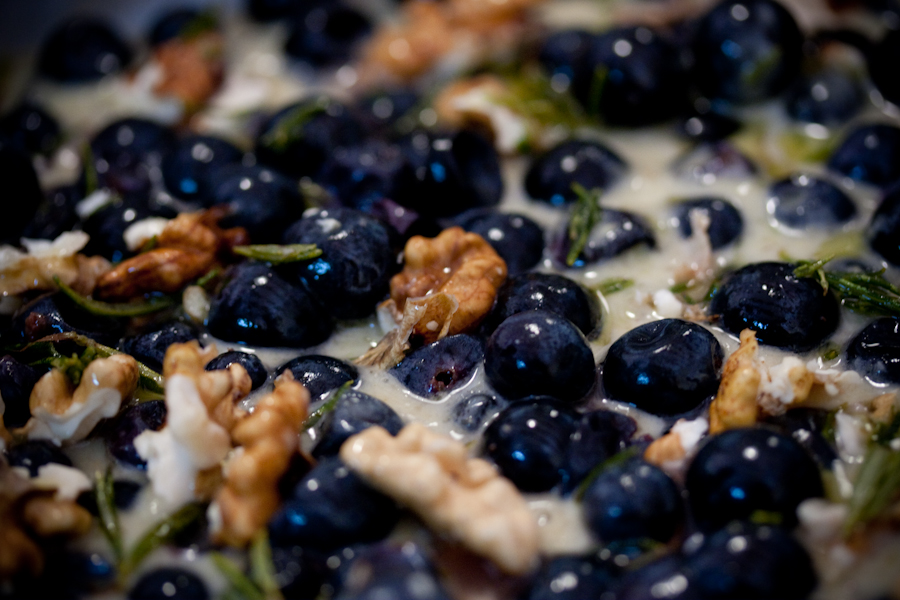
for a grape and walnut cake with rosemary.
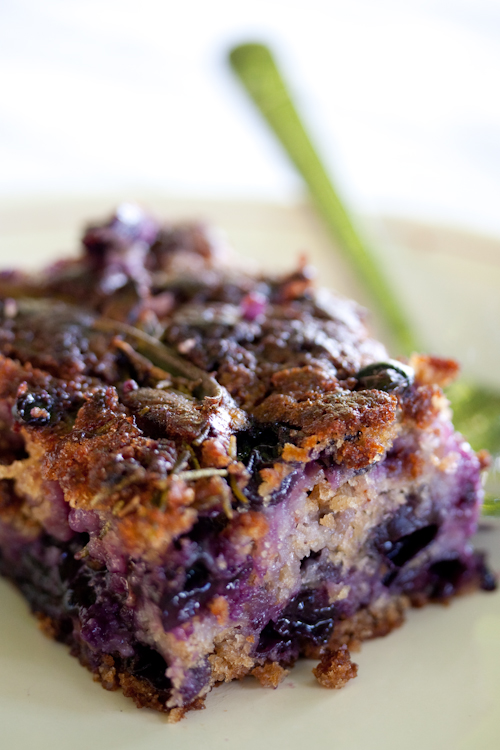
The finished product.
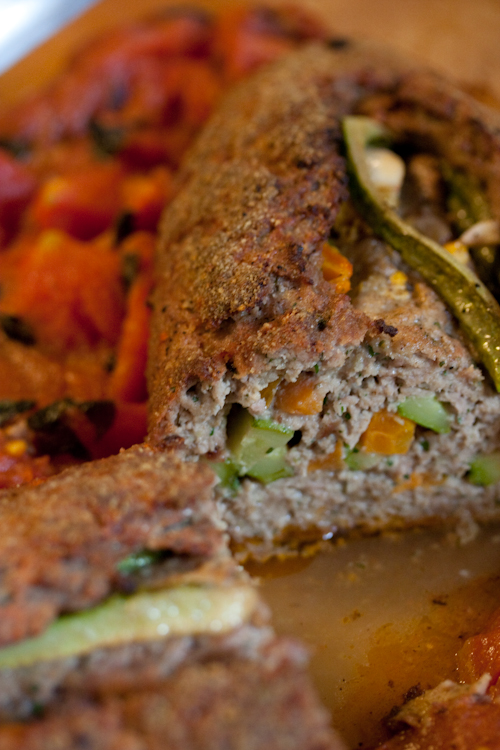
Polpettone with zucchini and carrots.
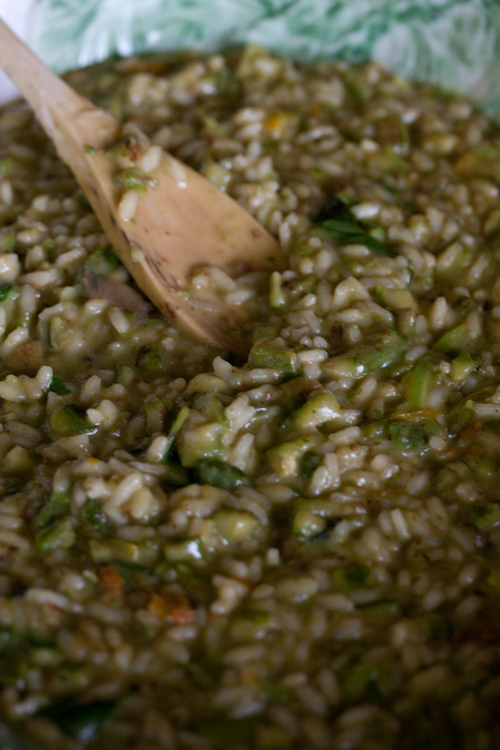
Zucchini risotto.

Radiccio risotto.
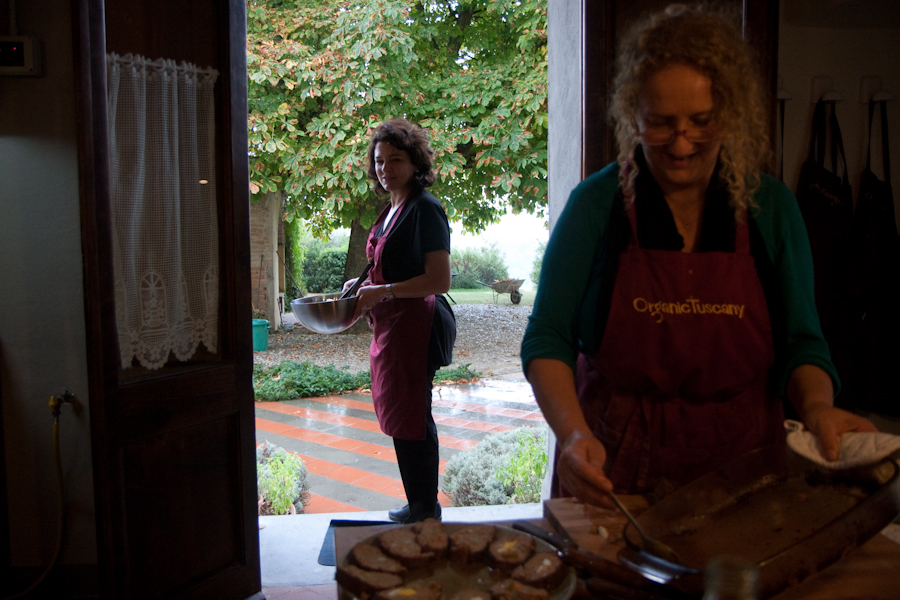
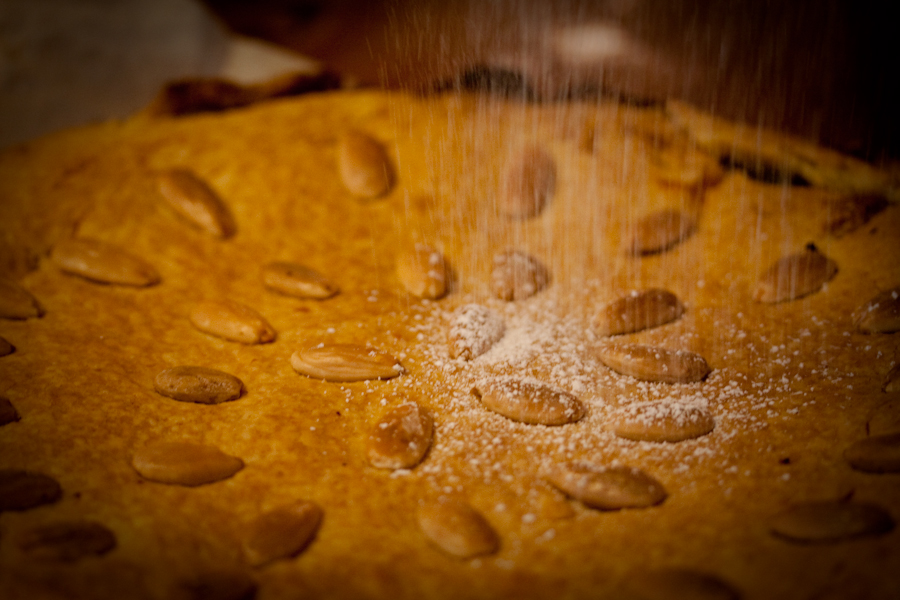
Almond, custard tart.
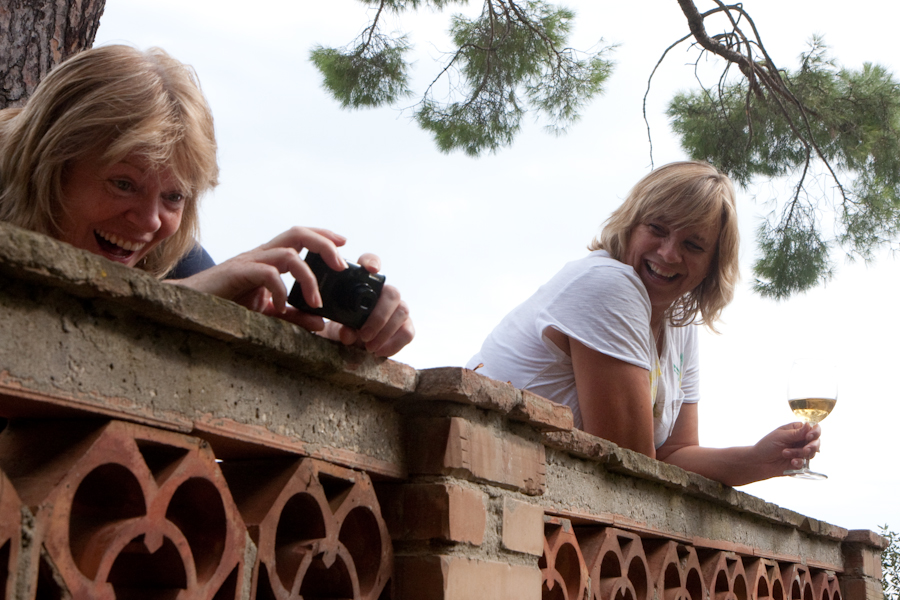
Watching the husbands do laundry.
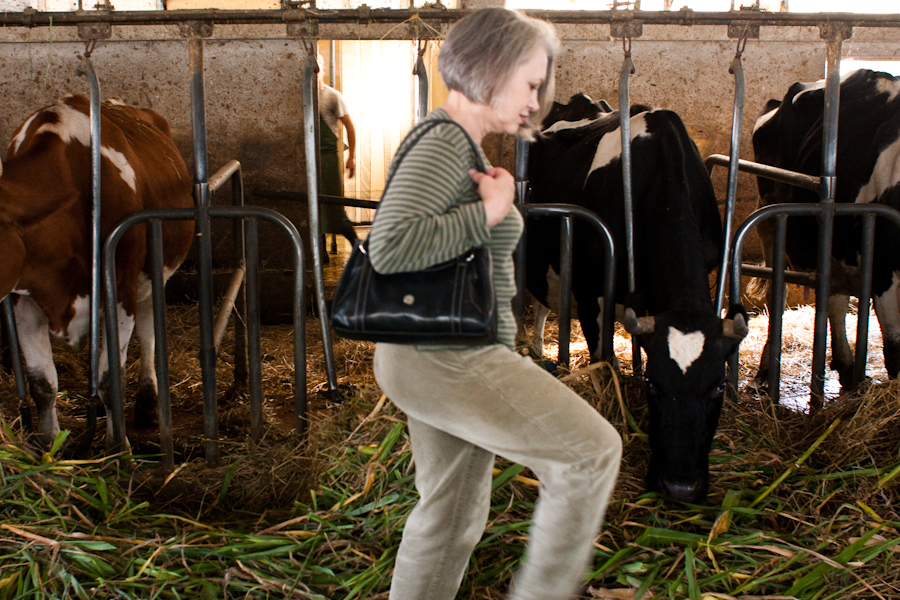
Visiting an organic farm that uses cows only for milk.
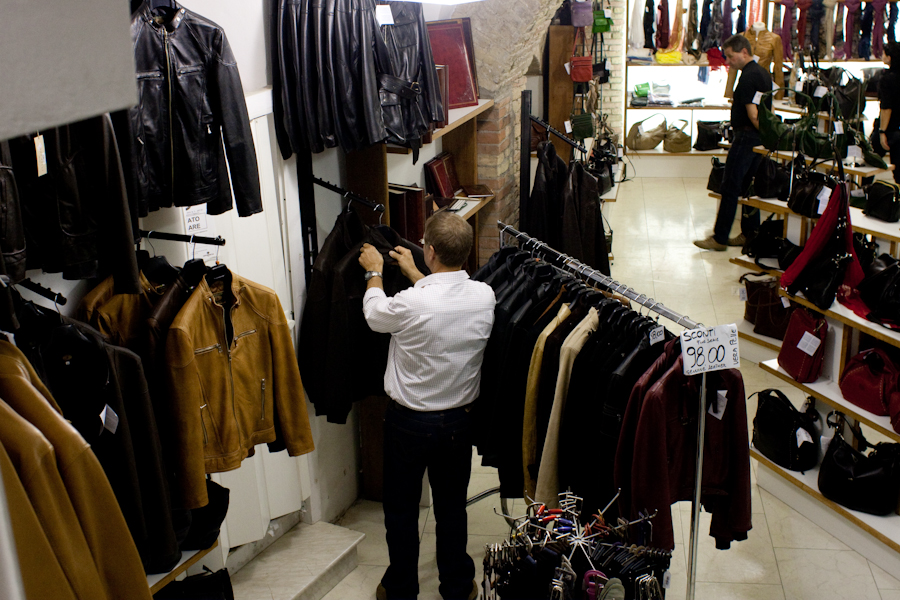
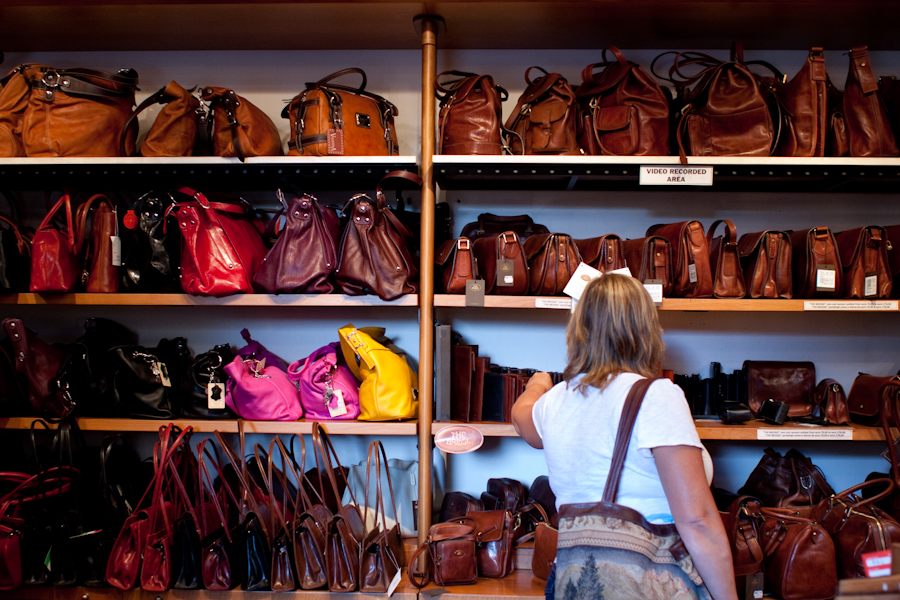
Shopping for leather.
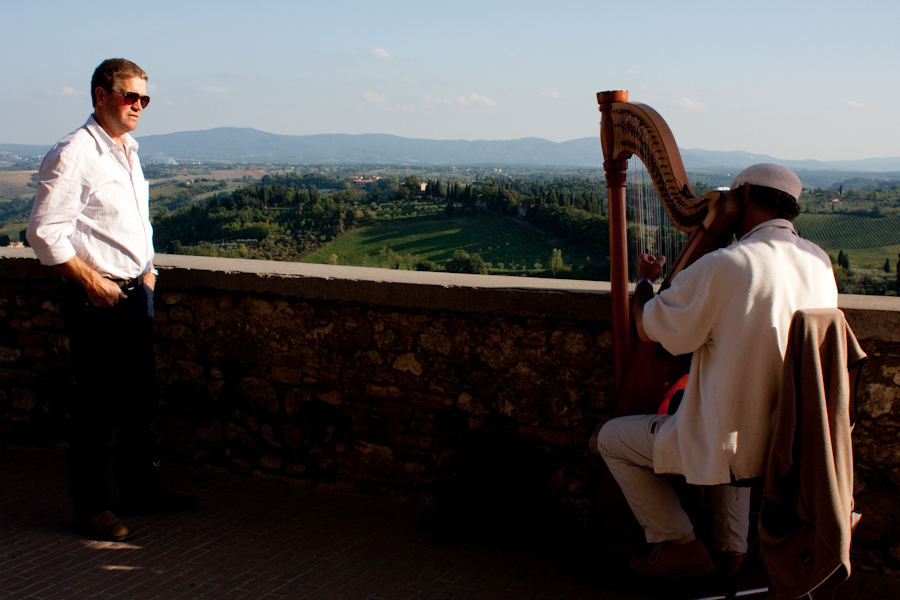
Harp player in San Gimignano.
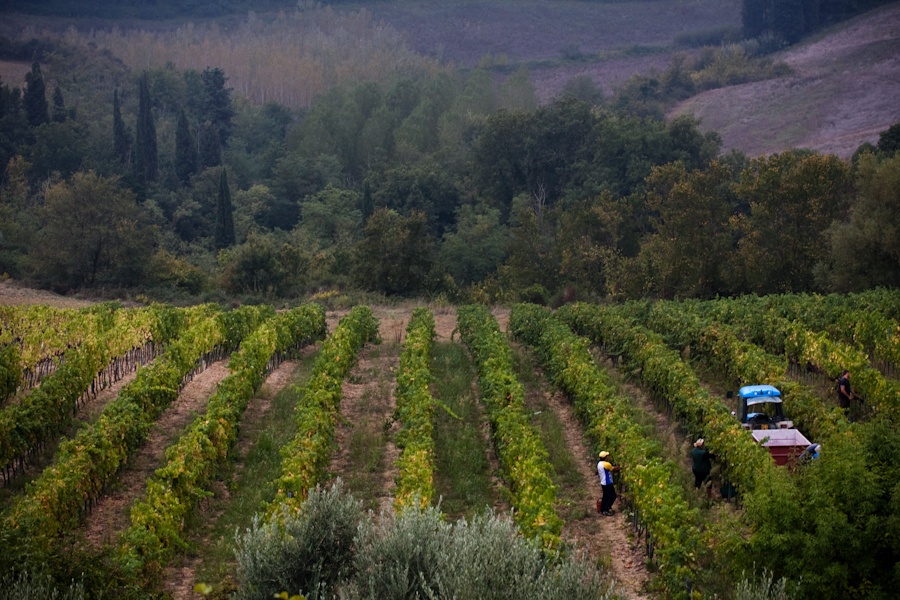
Grape harvesting in Certaldo.
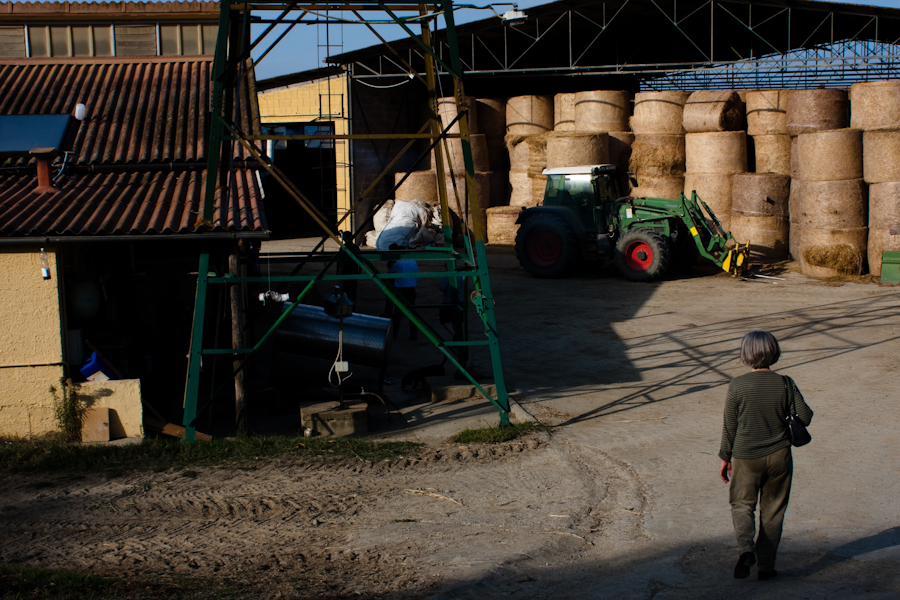
Farm tour.
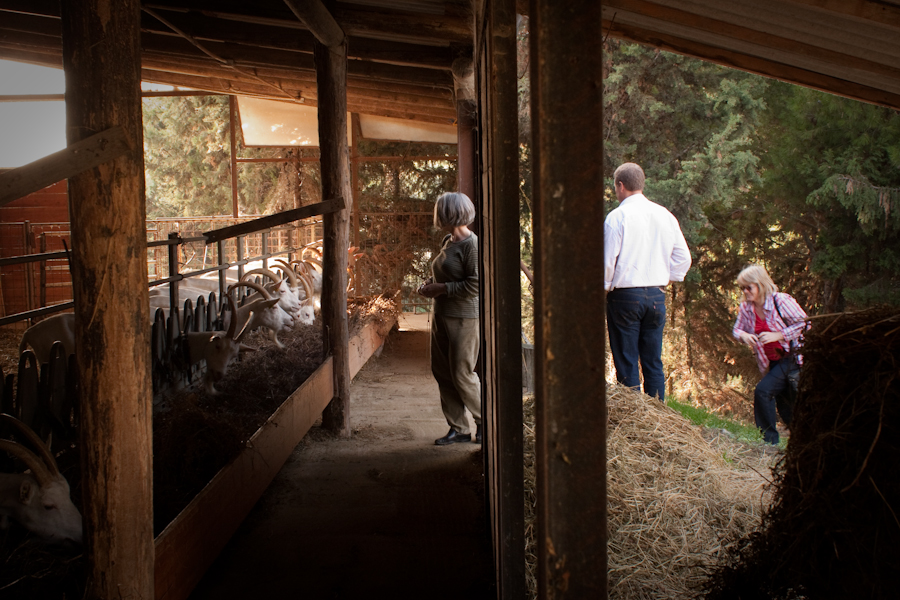
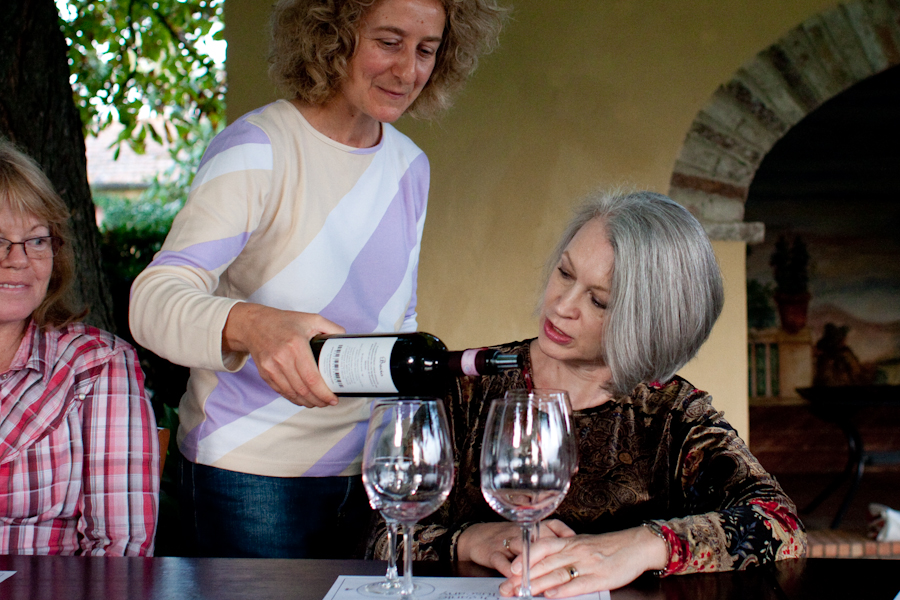
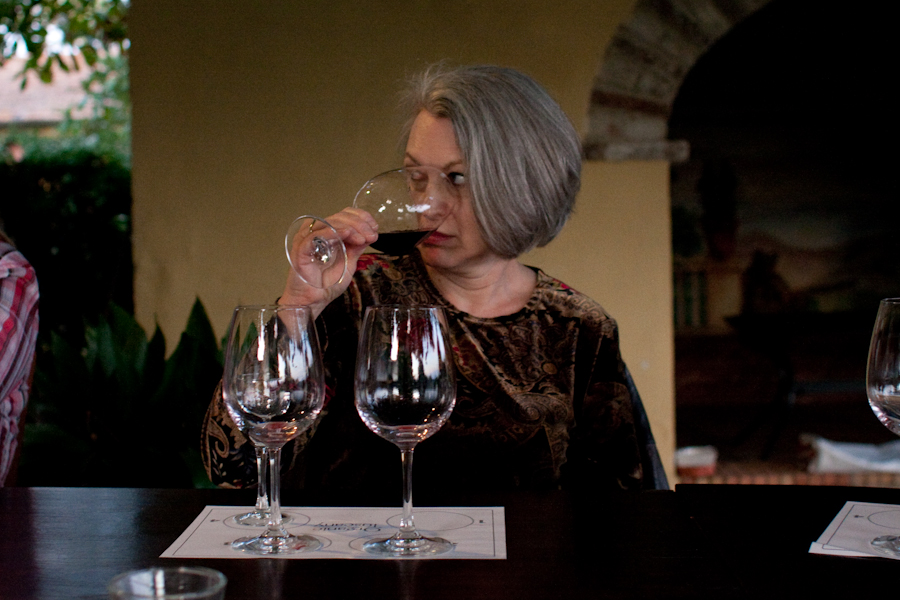
Wine tasting.

